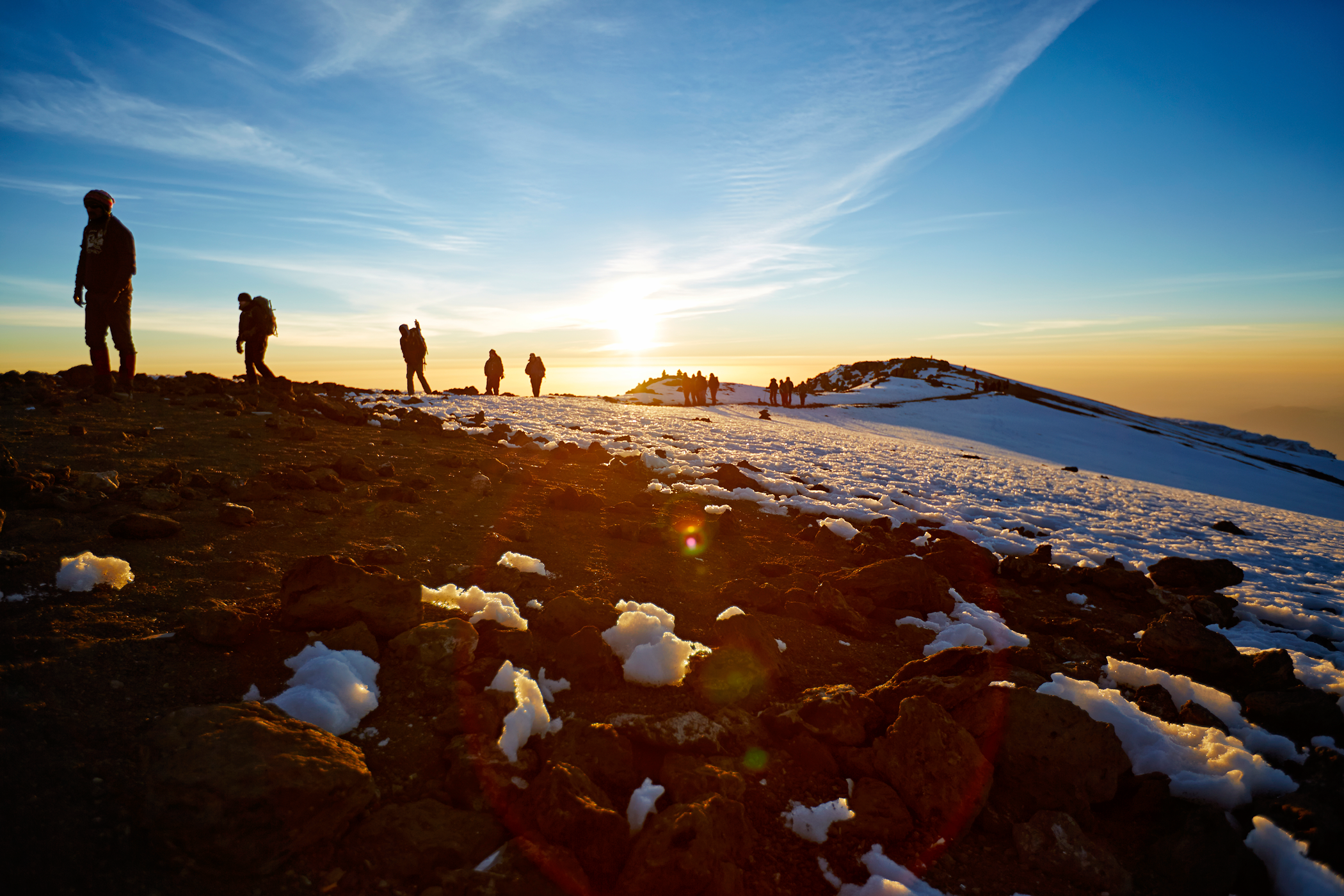Mount Kilimanjaro Marangu Route is the easiest and shortest route to Kilimanjaro’s summit and is known as the “Coca Cola” or “tourist” route. This is the only route on Kilimanjaro with the comforts of solar-powered sleeping huts and comfortable beds at every camp. The huts are communal, and each bunk has a sponge mattress and pillow.
There are 60 beds at Mount Kilimanjaro Marangu Route at Mandara and Kibo Huts and 120 beds at Horombo Hut. All climbing groups, often from several countries around the world, share meals in dining huts providing a jovial and energetic atmosphere. Soft drinks, bottled water, and beer may be for sale at the huts. This route is usually done in 5 days, but you can do it in 6 days for better acclimatization. You can spend your extra day resting at Horombo or climbing to a basecamp below Kibo’s sub peak Mawenzi.
-
Arusha
-
5,895 metres
-
All year round
-
Vehicle, Trekking
-
Easy to Moderate
-
All meals during the trek
-
Eco-Tour, Hiking, Trekking
-
English, Spanish, French, Italian
-
Hotel first night and last after the trek, Camping while trekking




